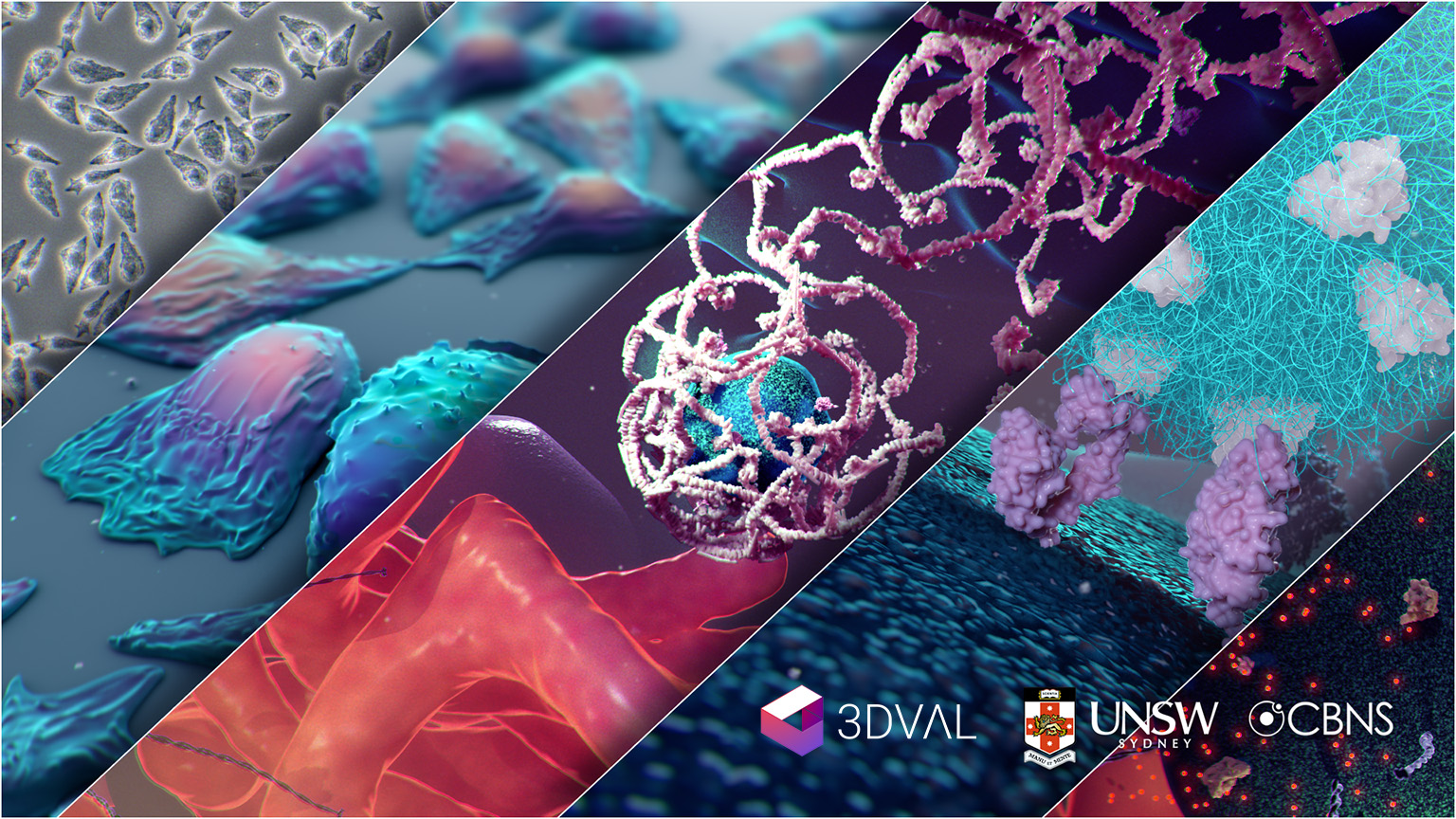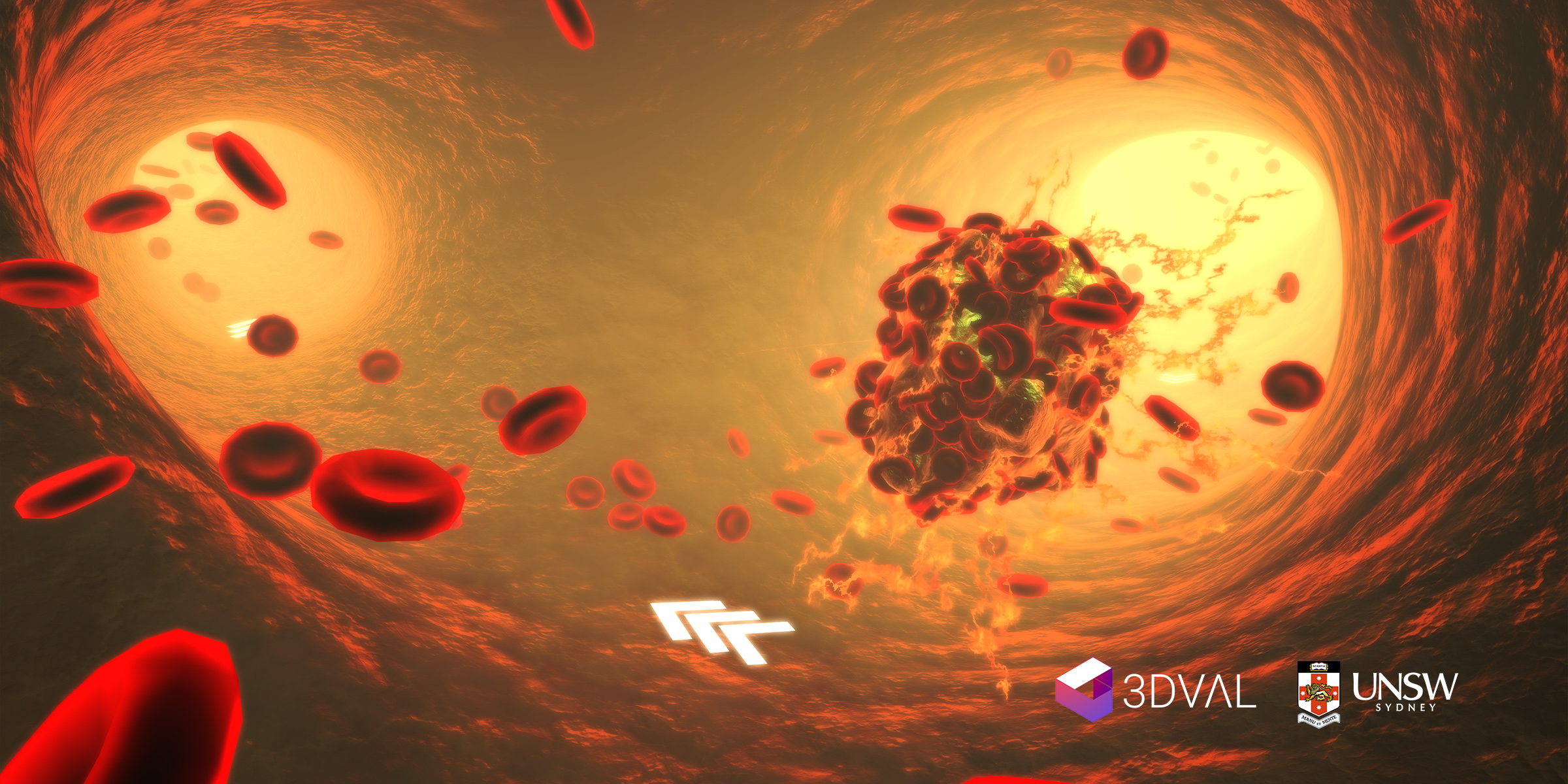
When Associate Professor John McGhee graduated from art school as a product designer 20 years ago, he thought he’d end up working in a UK factory designing consumer goods like digital cameras or laptop casings.
But he entered the world of digital media, and after a stint in interactive media and television commercials, the practicing 3D computer artist decided to do a PhD in visualising data.
“I was really interested in how some of the methodologies that we were using in industry could be used to visualise data and actually tell stories in a much more interesting way,” he says.
In his PhD, the researcher looked at clinical data of patients with cardiovascular disease and used computer art techniques to help them see their MRI data in a more visual way.
His eclectic background - a mixture of design, digital arts and computer animation – has served him well in his current position as director of the 3D Visualisation Aesthetics lab at UNSW Art & Design at Paddington.
Mr McGhee’s main research explores art and design-led modes of visualising complex scientific and biomedical data using 3D computer animation techniques on Virtual Reality (VR) headsets.
“I had no sense as a designer at that time (of graduation) that I’d be working on this, I thought I'd be designing products for manufacturing, physical things,” he says.
“I’ve not designed a physical thing for 16 years.
“Everything I design is in a virtual space, it’s not been physical in any sense of the word.”
The Associate Professor discussed his work at the lab, which has led him to be named one of UNSW’s 21 Rising Stars, at a Learn@Lunch event on Wednesday, September 12.
The audience at the Take a VR trip inside your body talk heard how the 3D Visualisation Aesthetics lab uses art and design ways of thinking and methodologies to make sense of the world and “allows patients, scientists and the public to go places that we could have only dreamt about a few years ago”.
Research conducted at the lab has allowed patients to see inside their own heads, see their own blood vessels and understand why they had a stroke, an important part of rehabilitation.

The Associate Professor works with a team that includes media artists, designers, scientists, PhD students and post-doctorates.
“But the core of what we do in the lab is really the creative arts side of it, the design, and that’s my background.
“(Designers) ultimately need to be part of the mix, in the same way that we see in video games - science and technology coming together with creativity and arts to achieve outcomes that are compelling.
“VR is no different, although we are looking at very specific healthcare and science applications for it.”
The lab uses second wave VR headsets, a consumer-grade technology that, he says, “allows people to have access to immersive experiences in a very much more democratic way”.
“It doesn’t require you to have a huge amount of investment or money to see these VR experiences, you just need the headset, which at the moment, is very accessible.
“You can buy one for a Playstation, you can buy it for your PC.”
The Associate Professor says he’s excited about the future of VR.
“Because VR can replicate the world in a believable way now, it’s no longer technically inhibited and you can have compelling content.
“People remember things and their brains are fooled into thinking they are actually in these spaces.
“I think that if you combine the technology, and the ability to take people on these virtual field trips to places, I think the way we learn and educate is going to change.
“That transcends medicine, that’s going to affect everything from science, to the way we show and entertain the public.”
